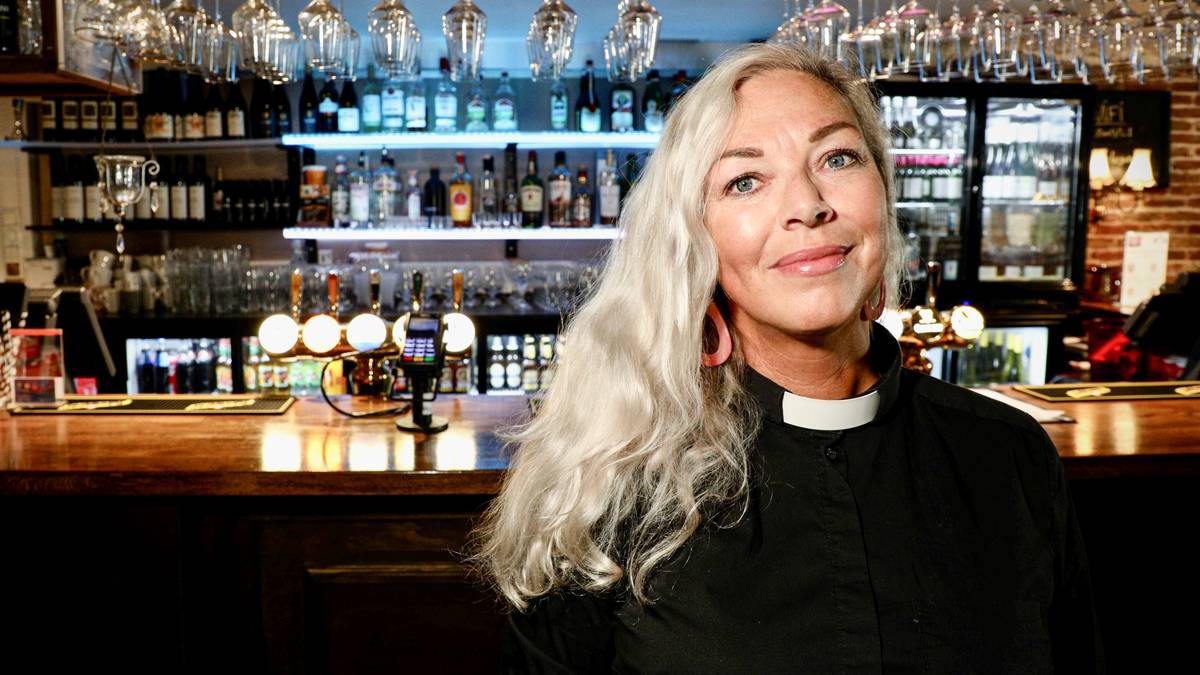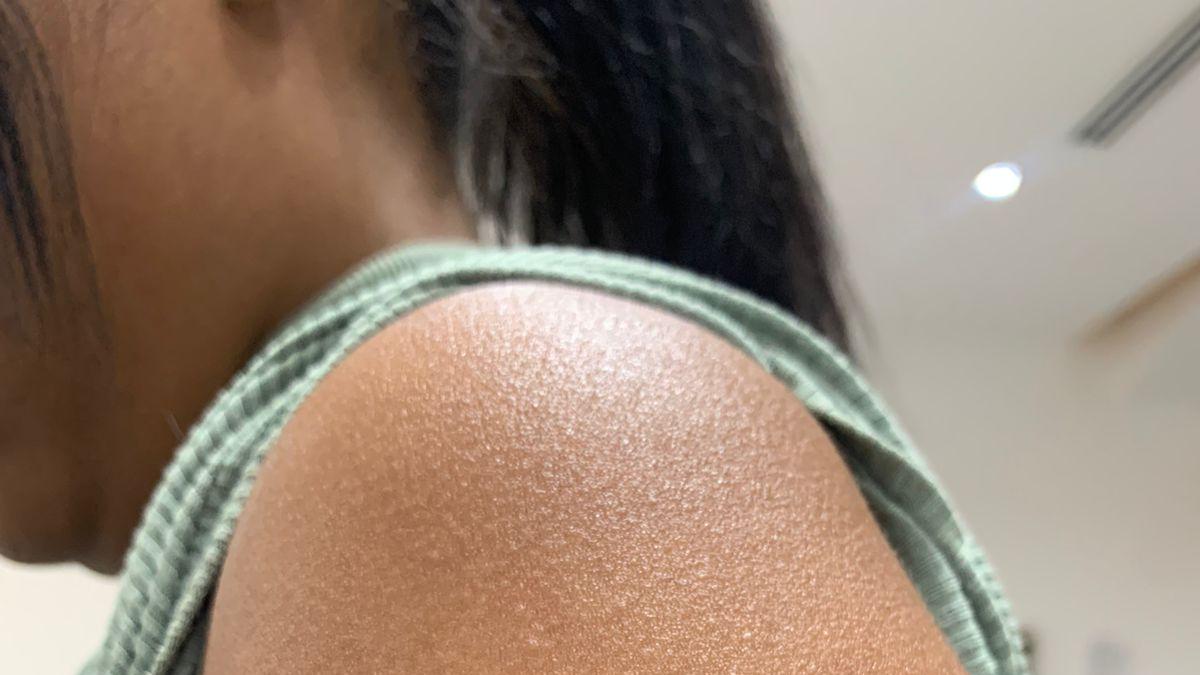In recent weeks, not one, but three different videos of young people humiliating and kicking young victims have gone viral. Striking: the perpetrators themselves showed off the images of the violence. Aren’t they afraid of being exposed? “For them this is a way to gain prestige.”
Last week, the ugliest side of social media once again surfaced. In Zelzate, a boy shouted loudly – “kiss, kiss” – had to get on his knees and kiss the perpetrators’ shoes, for which he was ‘rewarded’ with kicks from the bystanders. The same kicking and beating took place on the Antwerp Meir and at the Sportpaleis, although the violent girls in question later also received death threats in return. In Sint-Truiden, a boy was also forced to his knees, this time to apologize to ‘El Patron’.
The facts occurred separately from each other. But the young perpetrators have an apparent lack of shyness in common. Instead of running away as quickly as possible after the violence, they draw attention to themselves. Not only did they or friends capture the harassment on camera, but they also post the videos on various social media channels. The effect: other (young) internet users liked and shared, and the images went viral.
‘Happy slapping’ is what this is called in technical terms. “Very typical of cyberbullying, to which we include this phenomenon, is that there is both a physical and a digital component,” says Catherine Van de Heyning, expert on cyber violence at the University of Antwerp. The trend is certainly not new. “It came over from England and has existed since the creation of mobile phones. Like any trend, it has peaks and troughs. One of the first videos that went viral in Belgium was in 2008, when a boy with a disability was humiliated in Antwerp.”
Tiktok dance video
Quite a bit of research has been done since then about the ‘why’ behind the recordings. “It follows that there can be many different reasons for this, which are sometimes all present at the same time in one person,” says Van de Heyning. For example, the visual culture with which most young people grew up plays a role for some. “In the minds of many young people, something only exists when it is on film,” explains Van de Heyning. “From a concert to a holiday: they document everything in their lives. Sometimes that even happens without thinking.”
Posting a fragment of your favorite artist’s concert online is of course different from a violent scene in which you yourself were involved. Don’t these young people see that? To explain this, Van de Heyning refers to a much less lurid and innocent form of online content: dance videos on Tiktok. “You see that young people there keep coming up with new trends to stand out in the crowd,” she says. “Those violent films can also be seen as a kind of tough act, a way to gain prestige and status.”
Chat groups on Telegram, an application where you can share messages relatively anonymously, are often the ideal place to post homemade videos. Misogyny and other bullying behavior are also often rampant there. But in the end, the violent videos sometimes also end up on other social media channels, such as Twitter, Snapchat or Instagram. What inspires others to share such images further?
“Those people often see the victim and the images separately,” says Van de Heyning. “They don’t realize that they are adding to the ultimate suffering of the victim.” In research into the motives of these distributors, humour, ‘I don’t know’ and recently also increasingly political considerations appear to be popular answers. In that context, it was striking that Vlaams Belang chairman Tom Van Grieken also shared images of the violence in Zelzate on social media several times.
Repression?
The fact that adolescents are still fully in their mental development and are therefore more impulsive and reckless plays a role. But it is also the lack of media literacy among these young people that worries experts. While children are getting their own smartphone at an increasingly younger age, social media applications provide little control over their behavior online. Moreover, the annual Apestaart reports from the Mediawijs organization show that few primary schools are already focusing on online education. For children who do not learn much about the theme from home, the school is nevertheless a crucial place to learn appropriate online behaviour.
It is no coincidence that the makers of such films often come from a vulnerable home situation. Bullying expert Gie Deboutte (UCLL) therefore sees their behavior as a – unsuccessful – attempt by the young people to gain prestige and escape from their home environment: “They lack examples to do so in an orderly, non-violent manner. ”
According to Deboutte, harsh repression is therefore not the right answer: “That will actually further reduce the environment of these young people. We must not minimize their actions, but we must also all dare to look in the mirror. The whole society is becoming harder and more polarized. Young people absorb that culture very much.”


